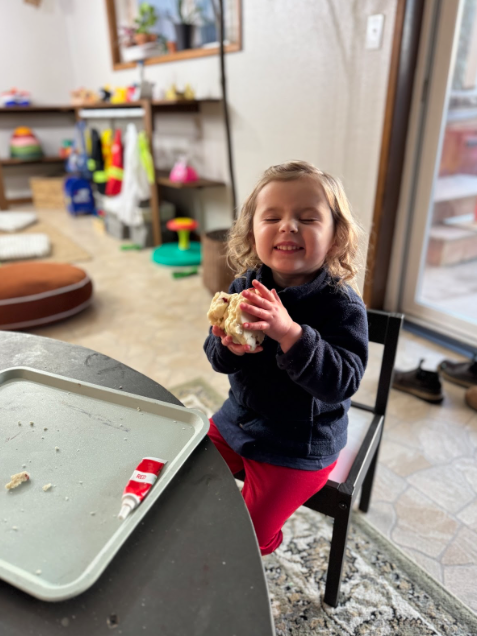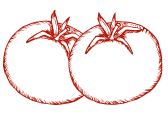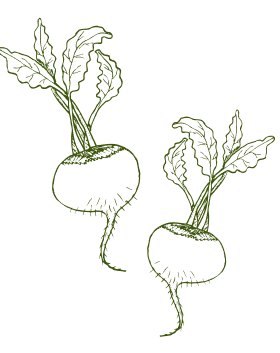This post contains Amazon affiliate links. As an Amazon Associate, I earn from qualifying purchases at no additional cost to you. This helps support my blog and allows me to continue creating content. Thank you for your support!
As parents and educators we are always looking for activities that are both fun and educational. Making homemade play dough is one of those perfect activities that combines sensory play, learning, and quality time together. The best part? You probably have all the ingredients in your pantry right now!
Why Make Play Dough with Your Preschooler? Creating play dough together isn’t just about the end product – it’s about the process. Your child gets to measure ingredients (hello, early math skills!), observe changes in texture and consistency (basic science), and experience the joy of creating something from scratch. Plus, the entire activity usually takes less than 15 minutes, perfect for young attention spans.

What You Need to Make Play Dough at Home
You’ll need:
- 2 cups all-purpose flour
- 1 cup salt
- 2 tablespoons vegetable oil
- 1.5 cups boiling water
- Food coloring (optional)
Step-by-Step Play Dough Instructions
- Mix dry ingredients first
- Add oil to the mixture
- Pour in boiling water
- Knead when cool enough to touch
- Add food coloring if desired
Let them measure the flour using measuring cups. Talk about “full” and “half” cups as they do this.
Have them help pour the salt into the bowl. Compare how different it looks from the flour.

Count together as they add the spoonfuls of oil.
The Magic Part (Adult Only): While your child watches from a safe distance, add the boiling water to the dry ingredients. This is a great moment to talk about safety in the kitchen and why we keep away from hot things. Your child will be amazed watching the ingredients transform from powder to dough!
Once the mixture has cooled enough to touch (test it yourself first), let your child help knead it. This is where the real fun begins! They’ll love feeling the dough become smooth and pliable under their hands.
The joy on your child’s face when they realize they’ve helped make their very own play dough is priceless. Not only will they have a blast playing with it, but they’ll also feel proud knowing they helped create it. Plus, every time they play with it afterward, they’ll remember the special time you spent making it together.
Remember, the process might get a little messy, but that’s part of the fun! Lay down a tray or a plastic tablecloth, and don’t worry too much about perfection. The learning and bonding happening in these moments are worth far more than a spotless kitchen.
Craft trays have been a lifesaver for us both in the classroom and at home. The tray helps contain the mess and gives each child their own space to work. Here are some trays we like.

Educational Benefits of Making Play Dough
Making It Educational: Turn this into a math activity by:
- Counting scoops of ingredients
- Discussing measurements
- Comparing more/less
- Dividing the dough into equal parts
- Making shapes and counting sides
Sensory Learning
- Texture exploration
- Color mixing
- Temperature awareness
- Fine motor skills development
Safety Tips for Making Play Dough with Kids
- Keep children away from boiling water
- Supervise all measuring activities
- Ensure hands are clean before playing
- Store in airtight containers
- Check temperature before letting kids touch
Troubleshooting Common Play Dough Problems

How to Fix Sticky Play Dough
- Add small amounts of flour
- Knead thoroughly
- Avoid over-watering
How to Fix Crumbly Play Dough
- Add a few drops of water
- Mix in additional oil
- Store properly to maintain moisture
Play Dough Storage and Shelf Life
- Keep in airtight container
- Store at room temperature
- Lasts 3-6 months when properly stored
- Replace if it develops odd smell or mold
Frequently Asked Questions About Homemade Play Dough
Is homemade play dough safe if accidentally eaten?
While not intended for consumption, this recipe uses food-safe ingredients.
Can I make play dough without boiling water?
Yes, but boiling water creates the best texture and helps the dough last longer.
How do I make multiple colors from one batch?
Divide the dough into portions before adding different food colorings.
What’s the best way to clean up play dough?
Let it dry completely, then brush or vacuum. Avoid using water initially.









